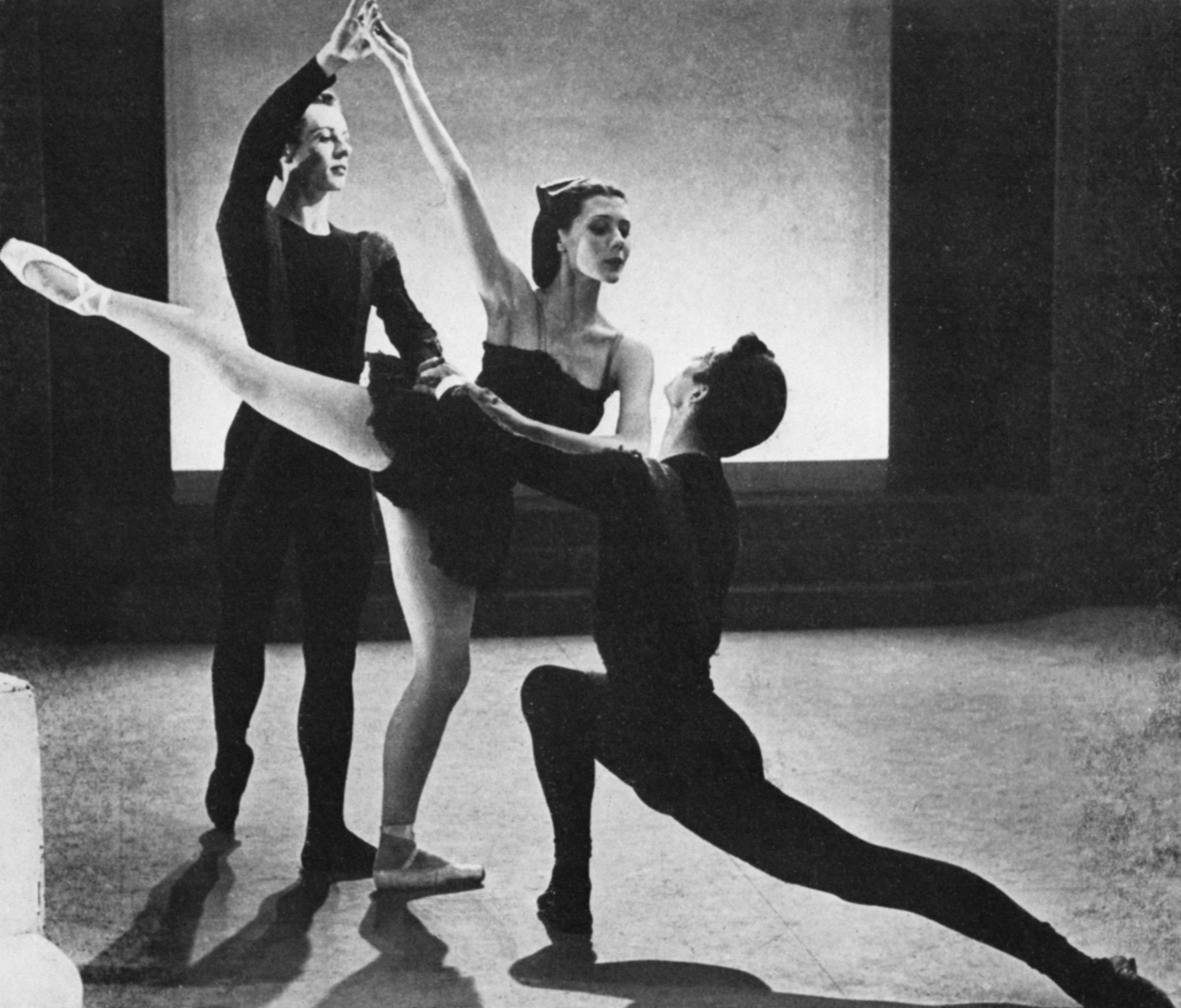people » Svetlana Beriosova
Svetlana Beriosova (1932-1998). Lithuanian-born ballerina and teacher
Svetlana Beriosova was born in Kaunus, Lithuania in 1932. She was trained by her father, Nicholas Beriozoff, who was a noted teacher, and also in New York. In 1941 she made her stage debut as Clara in the Ballet Russe de Monte Carlo’s production of The Nutcracker, and in 1947, aged just 15, she danced both with the Ottawa Ballet and the Grand Ballet de Marquis de Cuevas. From 1948 to 1949, Beriosova worked with the Metropolitan Ballet in London as a ballerina. When that company folded, she joined Sadler’s Wells Theatre Ballet in 1950 and then, in 1952, was transferred to the Sadler’s Wells (now Royal) Ballet at Covent Garden. She became a principal dancer in 1955.
Outstanding in the classical repertoire, Svetlana Beriosova was musical, elegant and beautiful. In addition, she extended the possibilities of the ballerina as an dancer-actress. In all her work she inspired audiences and fellow dancers alike. She created roles for John Cranko in The Prince of Pagodas and Antigone, for Frederick Ashton (most notably as Lady Elgar in Enigma Variations), and for Kenneth MacMillan in Le Baiser de la fée and Anastasia. She also danced for Bronislava Nijinska in both Les Biches and Les Noces. For Ashton’s Persephone in 1961, as well as dancing Beriosova spoke André Gide’s poetry with a musical French intonation.
Beriosova appeared to lose confidence in her abilities later in her career. She retired from The Royal Ballet in 1971, and stopped dancing completely in 1975, although she later appeared in the non-singing roles of Empress Catherine the Great in Welsh National Opera’s production of Pyotr Ilyich Tchaikovsky’s The Queen of Spades. Beriosova continued to teach and coach and will be remembered for her appearances on stage in Maina Gielgud’s Steps, Notes and Squeaks in 1978, where she was seen coaching the younger ballerina and Jonathan Kelly in the great pas de deux from The Sleeping Beauty and Swan Lake. Svetlana Beriosova died of cancer in 1998.

